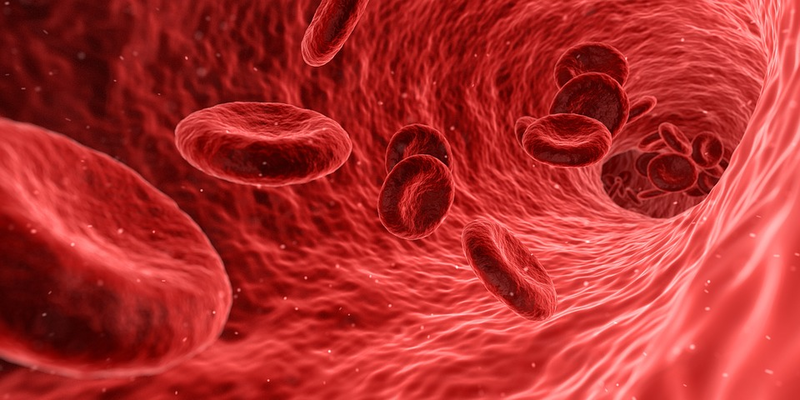On the heels of a $278 million IPO, Forma Therapeutics is inching toward its first FDA filing. Its lead asset, an IDH1 inhibitor, cleared cancer in one-third of patients with acute myeloid leukemia (AML) that had returned despite undergoing treatment or who did not respond to treatment in the first place.
The data come from 123 patients with IDH1-mutated AML in the pivotal arm of a phase 2 study who received a 150-mg dose of the drug, olutasidenib, twice a day. The study is also testing the IDH1 inhibitor alongside the chemotherapy drug azacytidine in patients with AML and myelodysplastic syndromes.
After six months of treatment, olutasidenib banished leukemia completely and restored production of normal blood cells in 30% of the patients. In 3% of the patients, the drug cleared the cancer, but patients had a partial return to normal blood cell production.
The median duration had not been reached by the data cutoff, meaning more than half of the patients did not see their cancer worsen by then. However, a sensitivity analysis of the data suggests patients’ responses last a median of nearly 14 months.
Forma likes those numbers: “The safety profile and the duration of the response we’re seeing supports the potential for olutasidenib to become a leading therapy for R/R IDH1m AML patients. While the multi-cohort Phase 2 trial is ongoing, this specific cohort was designed to serve as a pivotal study; these efficacy data support an early stop in enrollment in favor of moving the program forward,” said Patrick Kelly, M.D., the company’s chief medical officer, in a statement.
The most common side effects were nausea, constipation, fatigue, fever, increased white blood cell count, decreased red blood cell count and febrile neutropenia, or a fever along with low levels of neutrophils, a type of white blood cell. The company will present the data at an upcoming medical meeting.
Olutasidenib targets mutated IDH1 enzymes, like Agios’ Tibsovo (ivosidenic), which scored an FDA nod in relapsed or refractory AML in 2018. Comparing across trials is always tricky, but the agency greenlighted Tibsovo on the strength of a phase 1/2 study in 174 patients that showed similar efficacy to olutasidenib. The drug eliminated the cancer, or cleared it with a partial return to normal blood cell production, in 32.8% of patients. The duration of response for Tibsovo was about eight months.
Forma and its peers figure IDH1 mutations occur in 6% to 8% of patients with AML and in as many as 80% of patients with certain brain cancers, including grade 2 and 3 gliomas and secondary glioblastoma. Forma is testing olutasidenib in a phase 1 study in glioma.

